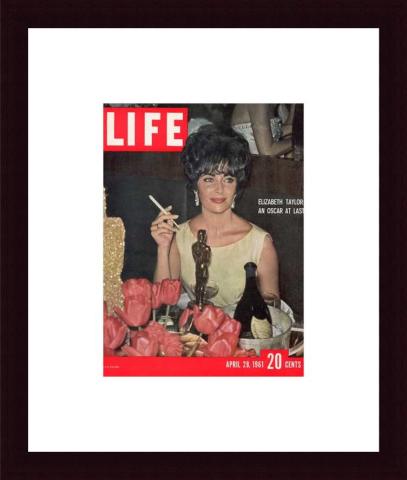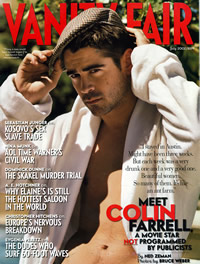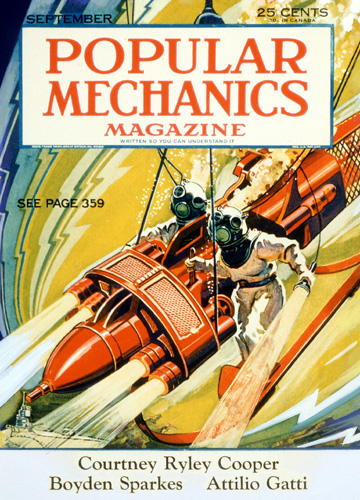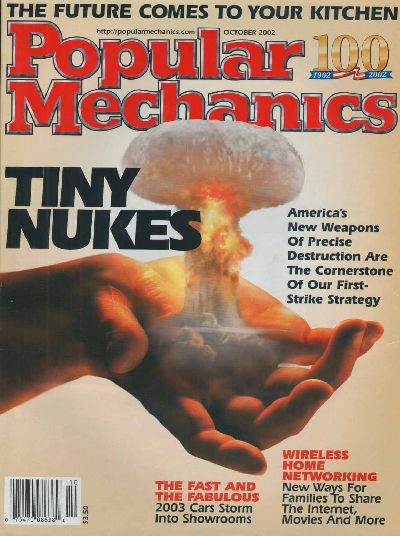
ALL ABOUT COVERS
A magazine cover usually has five main elements:
• A PHOTOGRAPH,
• A MAIN HEADLINE,
• A SUBHEAD,
• THE NAMEPLATE, AND
• SMALLER TEASER HEADS DETAILING OTHER ARTICLES IN THE ISSUE.
Because of the importance of the cover, none of these parts can stand alone.
Most of the photographs need to be expanded upon in the headline.
The word and picture combination must be right to achieve the desired result....to sell as many magazines as possible.
Newsstand sales are a weekly or monthly vote on how good the cover selection process was.
Often as a way to attract attention, editors use photos on the cover that have been enhanced by the computer.
The subject of the cover — and the cover story inside that goes with it — has a lot to do with the success of the issue.
Subscribers are less the target here. After all, they have paid in advance so are stuck with the issue, no matter what is on the cover.
The belief here is that the impulse purchase of a newsstand browser is a better gauge of a magazine's ability to generate interest than the number of subscribers who are locked into getting copies for at least a year.
Some magazines use their cover subject to promote themselves (Oprah).
"Time" carefully guards the selection of its annual "Man of the Year" for just that reason.
The person chosen is then announced with great fanfare a few days before the issue appears.
edited from Pictures and Words by Ronald P. Lovell

Cover Design
Take a look at your local newsstand and here's what you'll see:
racks upon racks of magazines that look almost identical.
Whether they focus on music, fashion, cigars, fitness, women, or men, most magazines typically feature a grinning celebrity on the cover peeking out from behind squadrons of coverlines.
It wasn't always like this.
From the "golden age" of magazine popularity in the 1920s-'30s and on through to the early '60s, even the most mainstream of magazines tried to lure in readers with distinctive design, original typography, and striking artwork.
The cover was considered a canvas–rather than merely a billboard–by groundbreaking art directors like Mehemed Fehmy Agha (Vogue, House & Garden, Vanity Fair), Alexey Brodovitch (Harper's Bazaar), and Eleanor Treacy and Francis Brennan (Fortune). These and other designers of that era transformed magazines into works of art in themselves.
edited from www.popcultmag.com/
Why has the mainstream magazine publishing industry come to this artistic decline?
Below 1932



Publishers would tell you that the only way they can compete with television and the Internet is through the magic drawing-power of celebrities.
When faced with a choice between an illustrated cover or Julia Roberts, consumers will pick Julia every time, they say.
Check out the site below.
Then and Now
Here are modern magazines contrasted with their namesake predecessors of some 60 years ago. Which would you pick up at the newsstand?
